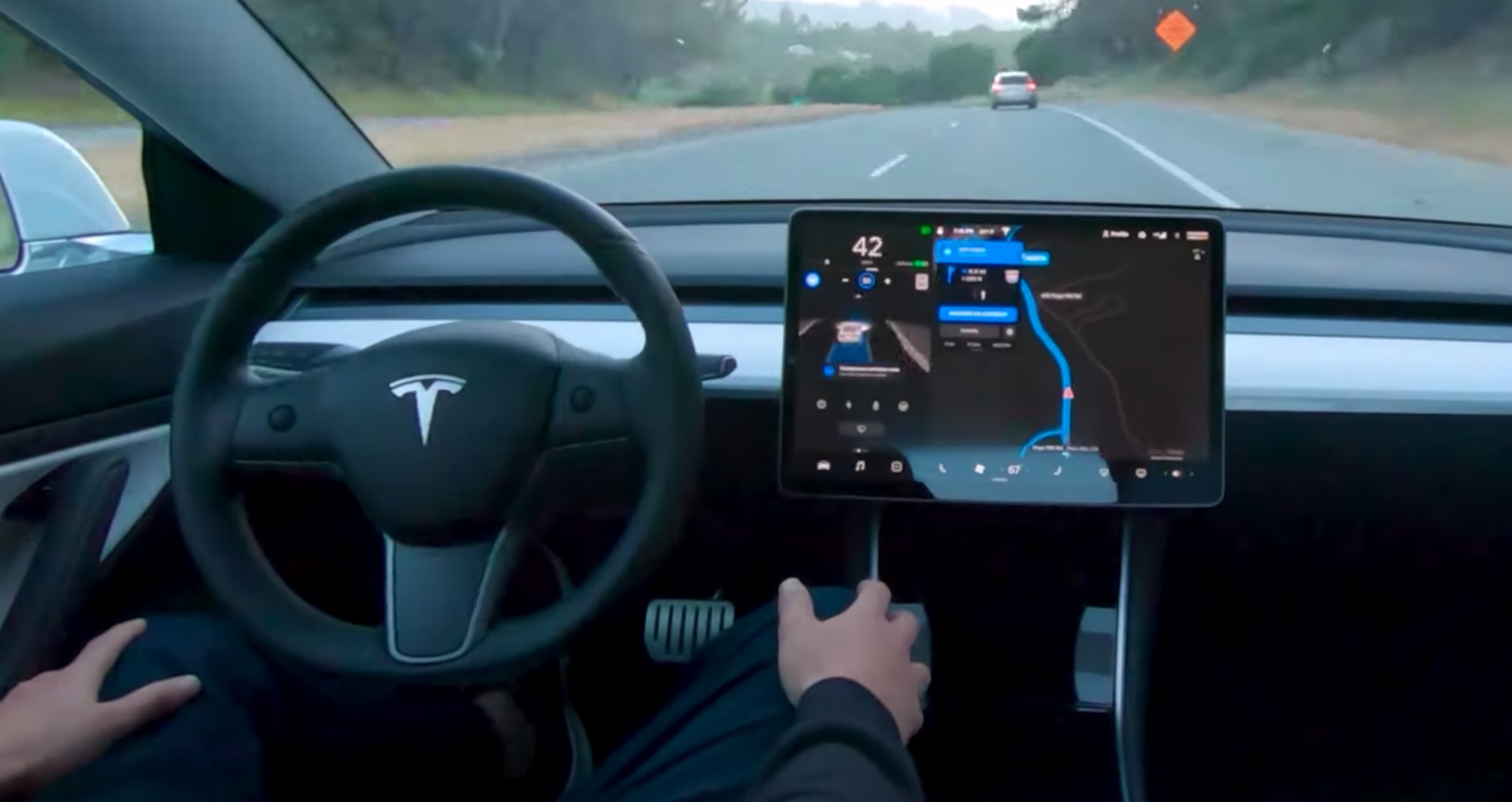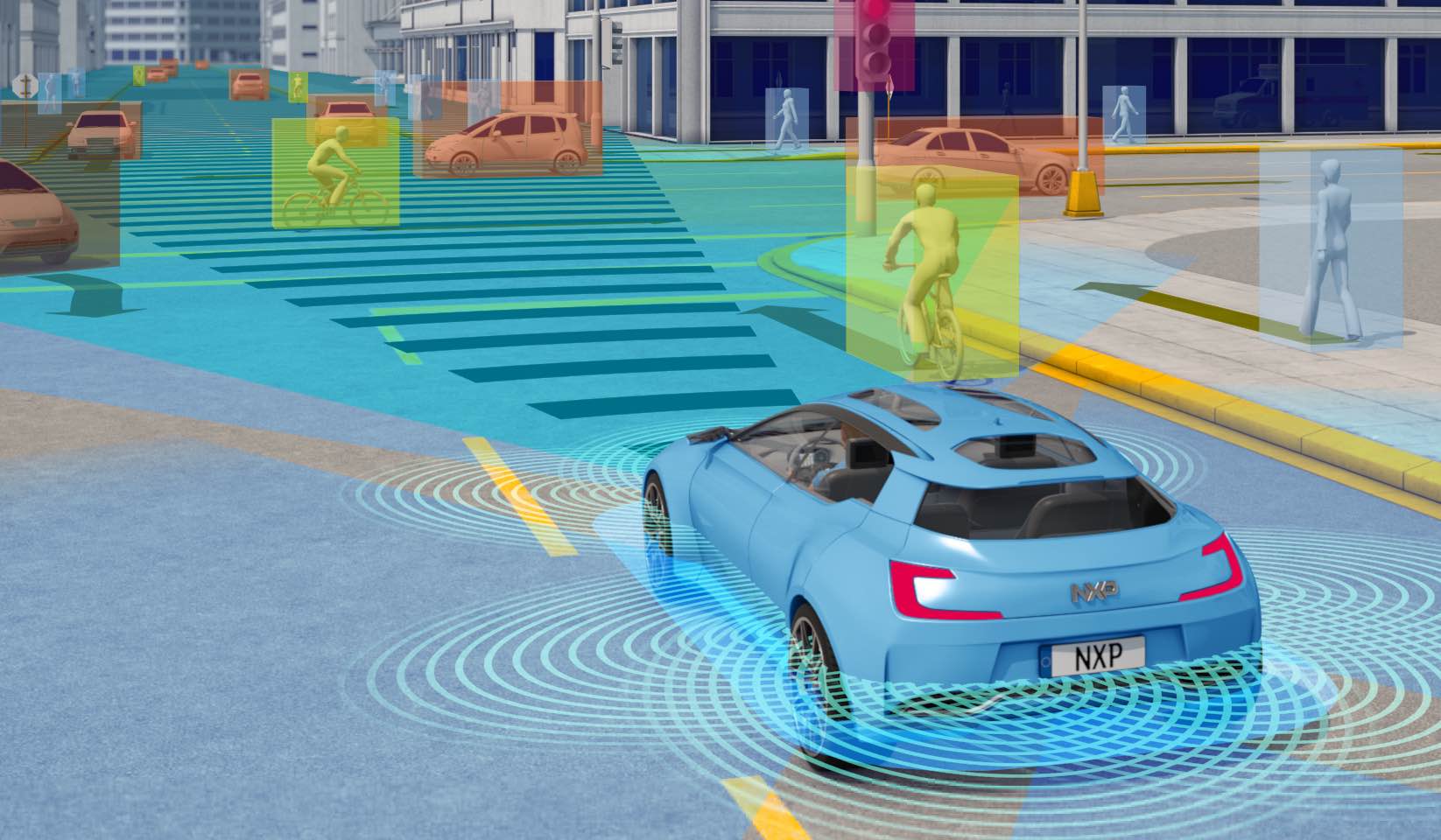Autonomous Driving Advances in the Auto Industry
Explore how autonomous driving technology is advancing and what it means for the future of the automotive industry.

Autonomous driving technology is rapidly reshaping the global automotive industry. This burgeoning innovation, once a mere concept fodder for science fiction, is now an evolving reality, heralding a new era of safer, more efficient vehicle operations. As autonomous vehicles gradually gain ground, they promise to redefine the principles of mobility and transportation, sparking a paradigm shift that will indelibly influence the auto industry's future.
Autonomous Driving Technology: A Disruptive Innovation
With every passing day, autonomous driving is inching closer to ubiquity, breaking down traditional barriers, and posing as a disruptive force in the automobile landscape.
Table of Contents
- Introduction to Autonomous Driving Technology
- Current Status of Autonomous Driving
- Key Trends in Autonomous Driving Technology
- Challenges and Bottlenecks
- Outlook: What's Next for Autonomous Driving?
Introduction to Autonomous Driving Technology

At its core, autonomous driving technology aims to relieve human drivers of operational responsibilities, entrusting these tasks to state-of-the-art, artificially intelligent systems. It is much more than just a hands-free driving scenario; it represents a transformational shift from active human control to high-tech supervision.
Modern autonomous technologies exploit an intricate blend of computer vision, Machine Learning, and Robotic Process Automation to perceive the environment, make intelligent decisions, and execute necessary commands. These technologies converge to deliver a sublime blend of safety and convenience, burgeon the horizons of personal mobility.
- Computer Vision: Modern autonomous cars are equipped with advanced sensors such as LiDAR, radar, and cameras, building a composite visual understanding of the car's surroundings, akin to human vision.
- Machine Learning: Leveraging intricate algorithms, these vehicles learn from experience, improving their performance and decision-making capabilities over time.
- Robotic Process Automation: Once the data is processed and decisions are made, autonomous systems engage various car functions like steering, braking, and accelerating to adhere to given commands.
Current Status of Autonomous Driving

In today's world, autonomous driving is much closer to reality than one might perceive. Waymo’s fully driverless taxi service, Waymo One, is a notable example, providing services in certain geographic regions. Tesla’s Autopilot system is another well-documented instance of semi-autonomous driving technology making strides in the industry.
Presently, autonomous driving technology is often discussed in terms of levels of automation. The Society of Automotive Engineers (SAE) outlines six automation levels, ranging from Level 0 (no automation) to Level 5 (full automation). Most of the current systems on market roads, such as Tesla's Autopilot and GM's Super Cruise, fall under Level 2 (partial automation) and Level 3 (conditional automation).
Examining the Levels of Automation
- Level 1 (Driver Assistance): The vehicle can control either steering or braking/accelerating, but not both simultaneously. An example is adaptive cruise control.
- Level 2 (Partial Automation): The vehicle can handle steering and braking/accelerating simultaneously under certain conditions, yet the driver must remain attentive and intervene if necessary.
- Level 3 (Conditional Automation): Under certain conditions, the vehicle takes over all driving tasks, but the driver must remain ready to intervene.
- Level 4 (High Automation): The vehicle can execute all driving tasks under specified circumstances, and human intervention is not necessary, but a human driver can override.
- Level 5 (Full Automation): The vehicle can perform all driving tasks under all conditions—a human driver isn't required.
Key Trends in Autonomous Driving Technology

As the auto industry continues to develop this critical frontier of innovation, several key trends have begun to emerge. These are shaping the discourse around self-driving technology and setting the pace for its evolution.
Chief among these trends are the advent of electric vehicles (EVs) bearing autonomous features and the increasing focus on safety as technology matures/refines. These and other trends are not only instrumental in shaping the future landscape of autonomous driving but also have wider implications for the future of transportation.
Electrification and Autonomous Driving Go Hand-in-hand
Fueled by a shared vision of sustainability, the synergy between EVs and autonomous driving is increasingly becoming evident. Autonomous technology is generally easier to incorporate into an electric platform due to the smoother integration of software and hardware aspects. Moreover, the electric platform's precision and responsiveness provide enhanced control for autonomous systems. Companies like Tesla and Waymo have already embarked on this convergence journey, paving the way for a cleaner, autonomous future.
Heightened Focus on Safety
As autonomous technology continues to mature, the enhanced focus on safety is a welcome and important trend. Several studies indicate that human error accounts for a staggering 94% of road accidents. Autonomous technology holds the potential to drastically cut down these figures, making our roads safer. However, ensuring safety is not straightforward; it implies mastering a complex web of real-time decision making, implying subtle ethical considerations and a myriad of technological intricacies. Simultaneously, building public trust in the technology is also a pressing imperative.
Challenges and Bottlenecks

While adaptive, futuristic, and impressive, autonomous driving technology isn't without its share of hurdles. Regulatory challenges, infrastructural gaps, and technology limits are among the primary obstacles slowing its universal adoption.
- Regulatory Challenges: Autonomous driving is crossing into uncharted legal territories. Defining liability in case of accidents, establishing safety standards, and formulating other regulatory guidelines are challenging tasks that demand creative solutions.
- Infrastructural Gaps: While autonomous technologies are progressing swiftly, the same cannot be said about infrastructure. Roads globally are not yet fit to accommodate self-driving vehicles, creating a significant mismatch.
- Technological Limitations: Despite leaps and bounds in technological progress, autonomous systems still struggle in some areas. Poor road conditions, bad weather, and complex traffic situations still perplex these systems, hindering seamless operations.
Building Human Trust
It's one thing for a technology to work flawlessly in isolation, but it's another to convince people to entrust their lives to it. Building trust in autonomous systems is a daunting challenge considering the level of control and safety these systems demand. Ensuring transparency in operation and cultivating a sense of familiarity among users are crucial steps toward fostering this trust.
Outlook: What's Next for Autonomous Driving?
The trajectory for autonomous driving remains intriguing, with potential impacts extending well beyond the bounds of conventional transportation. As the technology refines, several exciting prospects unfold; urban landscapes may be reshaped, economies may experience growth, and societal norms may evolve.
On the technological front, we predict a sustained focus on resolving existing limitations and refining technology. Achieving "Level 5" autonomy is the ultimate goal for many industry leaders. Yet, this goal is not without its hurdles and achieving it will require a combination of technological prowess, clever engineering, and regulatory progression.

Simultaneously, initiatives in vehicle-to-vehicle (V2V) and vehicle-to-infrastructure (V2I) communications will gain momentum. These technologies are meant to enhance the situational awareness of autonomous vehicles, providing them with information beyond their direct line of sight, ultimately advancing safety and navigation capabilities.
As we drive toward a future punctuated by autonomous driving, the journey promises to be an exciting one marked by profound transformations. Whatever the challenges, the rewards – in terms of safety, efficiency, and sustainable transport – are unquestionably worth fighting for.
Autonomous driving is indeed a cornerstone innovation set to redefine mobility for future generations. The road ahead may be filled with challenges, yet the potential it harbors makes all endeavors worthwhile. As we stand on the cusp of this automotive revolution, the future of transport is both thrilling and promising.
What's Your Reaction?


































































